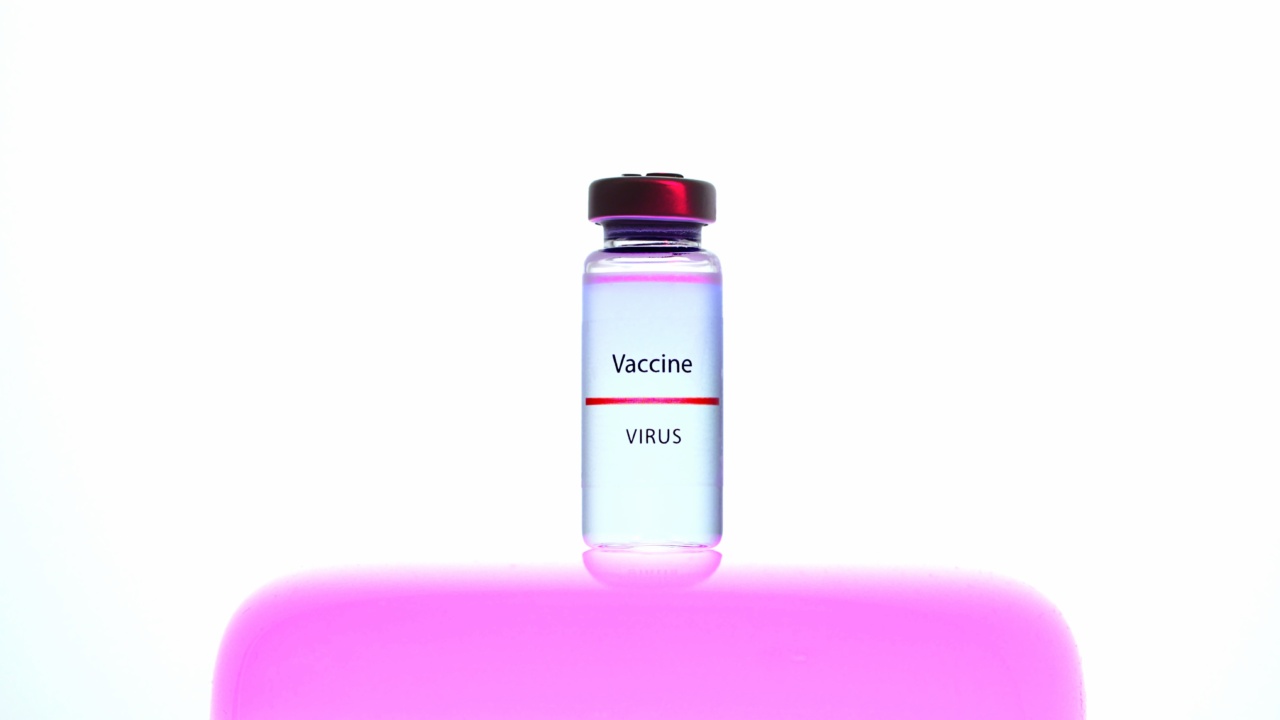Lyme disease is a tick-borne illness that can affect both humans and pets. It is caused by a bacteria known as Borrelia burgdorferi, which is transmitted to humans through the bite of an infected black-legged or deer tick.
While Lyme disease is treatable with antibiotics, it can cause serious and long-lasting health problems if left undiagnosed or untreated.
Symptoms of Lyme Disease
The symptoms of Lyme disease can vary from person to person, and depending on the stage of the illness. In most cases, symptoms will appear within 3-30 days after being bitten by an infected tick. Some of the common symptoms of Lyme disease include:.
- Body aches
- Fever and chills
- Headache
- Fatigue
- Joint pain and swelling
- Swollen lymph nodes
- Bull’s eye rash
- Nausea and vomiting
The bull’s eye rash, also known as erythema migrans, is a distinctive symptom of Lyme disease. It usually appears within 3-30 days after the tick bite, and is characterized by a red, circular rash with a clear center.
Treatment of Lyme Disease
If you suspect that you have Lyme disease, it is important to seek medical attention right away. Your doctor will likely prescribe antibiotics to help treat the infection.
Early treatment is key to preventing serious and long-lasting health problems that can result from Lyme disease.
Most people with Lyme disease will recover fully after a course of antibiotics. However, some people may continue to experience symptoms even after treatment. This is known as post-treatment Lyme disease syndrome (PTLDS).
If you continue to experience symptoms after treatment, talk to your doctor about possible ways to manage your symptoms and improve your quality of life.
Prevention of Lyme Disease
The best way to prevent Lyme disease is to avoid exposure to ticks. This can be done by taking the following steps:.
- Avoid walking in tall grass, brush, and woods where ticks are commonly found.
- Wear long-sleeved shirts, pants, and socks when spending time outdoors in tick-infested areas.
- Use insect repellents that contain DEET, picaridin, IR3535, or lemon eucalyptus oil.
- Check yourself, your pets, and your gear for ticks after spending time outdoors.
- If you find a tick, remove it promptly using tweezers.
- If you develop symptoms of Lyme disease after being bitten by a tick, seek medical attention right away.
By taking these steps, you can reduce your risk of contracting Lyme disease and other tick-borne illnesses.
In Conclusion
Lyme disease is a serious and potentially life-altering illness that is caused by the bite of an infected tick. While it can be treated with antibiotics, early detection and treatment is key to preventing serious and long-lasting health problems.
By taking steps to prevent tick bites and seeking medical attention promptly if you develop symptoms of Lyme disease, you can safeguard your health and well-being.

























